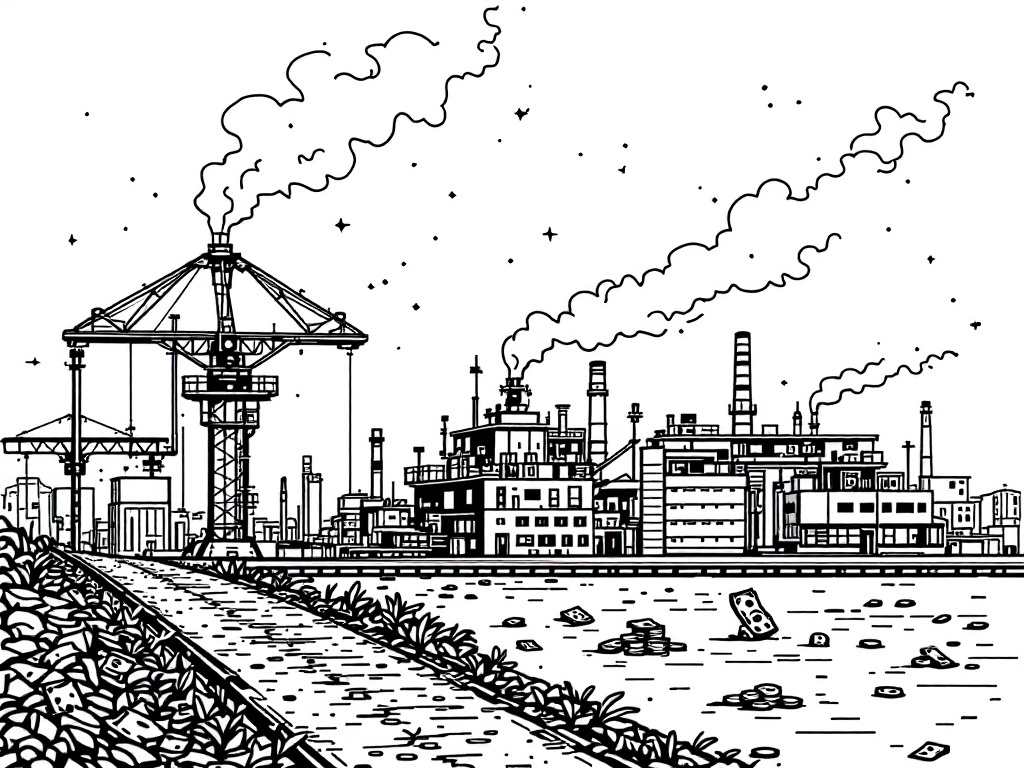Methane Pyrolysis: Advancing Sustainable Hydrogen Production

Dublin, Monday, 14 April 2025.
Breakthroughs in methane pyrolysis technology are driving the growth of the global hydrogen market, supported by the need for cleaner energy and favorable regulations.
Market Growth and Technological Advancements
The methane pyrolysis market is currently experiencing significant growth, largely due to advancements in technology that facilitate more efficient hydrogen production. These breakthroughs address the global demand for cleaner energy sources and align with favorable regulatory frameworks that support the transition towards sustainable hydrogen. Key developments include enhanced methodologies for methane pyrolysis that improve both the efficiency and output of hydrogen production while managing carbon emissions more effectively. These advancements are crucial as the market navigates challenges like high capital expenditures and technological hurdles during the scale-up phase of operations [1].
Hazer Group’s Role and Developments
Hazer Group Ltd. has emerged as a leader in the methane pyrolysis market, bolstered by its proprietary Hazer® Process. This process has recently achieved commercial readiness, as verified by Lloyd’s Register, with ongoing projects in North America and collaborations with entities like FortisBC to expand capacity. Hazer secured patents in the United States and Japan, further validating its technology’s scale-up potential and reinforcing its position in the market. The company is actively focusing on scaling operations, with committed plans to install a commercial reactor capable of producing over 20,000 tonnes of hydrogen per annum by the end of 2025 [2].
Economic and Environmental Impacts
Economically, the integration of advanced pyrolysis and drying units into renewable natural gas facilities promises significant improvements. Studies have shown that adding biochar, a byproduct of pyrolysis, can enhance anaerobic digestion, boosting methane output and stabilizing microbial activity. This not only improves the process’s economic viability but also furthers environmental benefits by reducing volatile fatty acid accumulation and enhancing waste treatment efficiency. Such integrations result in better internal rates of return (IRR) for facilities, emphasizing the economic advantages of advanced technologies in the renewable energy sector [3].
Scaling Up and Future Prospects
Looking forward, the methane pyrolysis market is poised for significant expansion driven by increased R&D investments and strategic partnerships. Key players, including Hazer Group, continue to explore extensive collaborations with potential customers across hard-to-abate sectors. This not only helps in driving technological adoption but also in securing necessary capital investments. The continued evolution of regulatory support and the establishment of robust supply chain infrastructures are anticipated to further support this burgeoning industry, positioning methane pyrolysis as a cornerstone in global clean energy strategies [1][2].